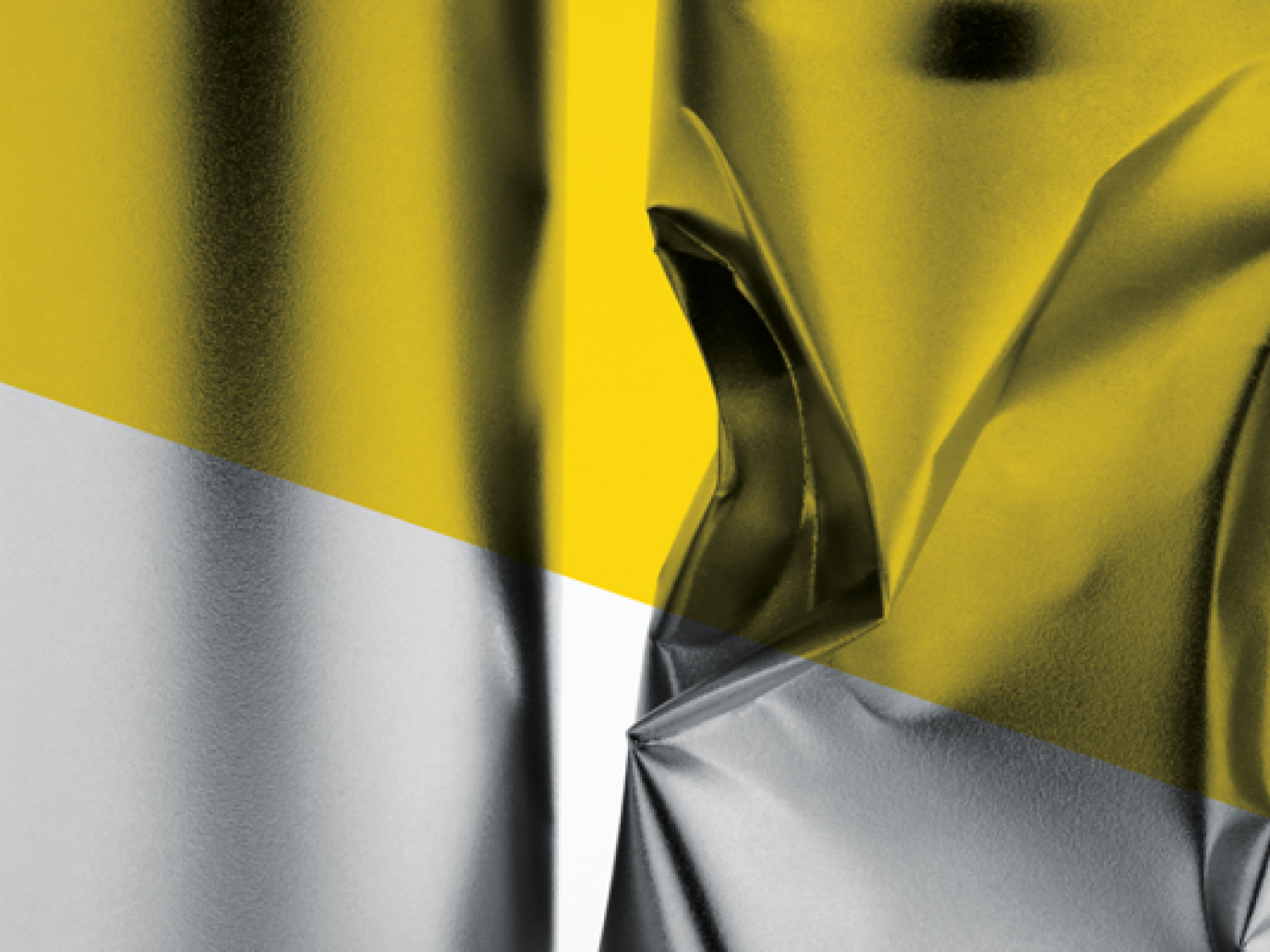But actually, considering that we are talking about a heap of aluminium cans patiently collected one after the other since 2007 on board Costa Crociere cruise ships, these are impressive numbers: a staggering 27 million cans, i.e. 334 tons of the precious metal.
Enough to make 37 high-speed railway carriages, or 221,000 desk lamps, or 43,500 car rims, or 722,000 3-cup coffee makers, or 300,000 5-mm thick professional pans or 33,400 bicycles similar to the famous Ricicletta, the recycled aluminium city bike.
And it’s all thanks to “Message in a can”, the collection campaign promoted by CIAL (Consorzio Imballaggi Alluminio, “Aluminium Packaging Consortium”) and Costa Crociere.
Now, nine years on, the programme has evolved and multiplied, involving the Port Authority and Savona’s citizens but above all it is targeted to the mobilization of social media.
The new phase of the initiative for the collection and recycling of soft drink cans on board cruise liners calling at Savona was presented during the last few weeks in the city itself.

“The project of separate waste collection and aluminium cans’ collection on cruise liners, which started successfully some years ago thanks to the collaboration between CIAL and Costa Crociere – commented Gian Luca Galletti, Minister for the Environment – has brought some benefits and results, both in economic and environmental terms. This proves that it is extremely important to raise awareness on prevention of the generation of waste in every context, including that of the very important maritime sector. This is a positive experience, that should inspire an increasingly efficient waste management system on ships, ferries, marinas and ports.” Naturally, the ministry offered support and sponsorship to the programme.
Message in a can boasts three main activities: besides recycling aluminium from ships, it runs an awareness campaign aimed at Savona’s citizens to give the city a kind of urban fabric in recycled aluminium and another on the mobilization of social media. Starting from 1st March and up until 30th June, in Savona, a poster will be hung explaining how to carry out a proper separate waste collection of aluminium packaging. During these four months’ campaign, the collection will rise by at least 25% compared to the same period in 2015, CIAL and Costa Crociere will give Savona three benches – produced with recycled aluminium – which will decorate one of the city’s parks.
Lastly, from 1st March to 6th June, “Message in a bottle” will reach the social media. Instagram and Twitter users will be asked to share a snapshot with #messageinacan hashtag. The photo will have to be in line with “entrust a can with your message to save the planet”. The best photographer will win a Costa Crociere cruise for two people in the Mediterranean. While the three special mentions will be awarded a “Ricicletta”, CIAL’s recycled aluminium bicycle.
So far, the project proved very alluring: the collection modality and the recycling of aluminium from Costa ships in Savona represents a model of excellence in the maritime sector. Since the beginning of the project, the quantity of recovered aluminium has more than doubled, from 23.2 tonnes in 2007 to 48.6 in 2015. With a total of 334 tonnes of collected aluminium, equivalent exactly to 27 million of the traditional 33 cc cans.
The endless life of aluminium
Aluminium is a metal that is used in a variety of ways. For example, thanks to its lightness and resistance to corrosion it is playing an increasingly important role in a high-impact sector such as that of transport. Suffice it to think that if in the 50s and 60s in a car there were on average 40 kg of aluminium, today this quantity is more than doubled and bodywork and chassis are now entirely produced in aluminium.
It is truly an ideal material to develop properly a circular economy. First of all, for costs: the raw material to produce aluminium is certainly not in short supply – bauxite is abundant, although not in Italy – but the key issue are production costs. To obtain a kilo of aluminium, a lot of energy is necessary, namely 13 Kilowatt/hour. Instead, by using recycled and recovered material, huge savings are achieved, up to 95%, let alone savings in terms of carbon dioxide emissions (9 tons of CO2 for each ton of aluminium produced). Furthermore, aluminium can be 100% recycled an infinite number of times without ever incurring in losses of its original characteristics. This is good news for Italy that has no bauxite mines. Figures are very clear: in 2014, thanks to recycling of 47,100 tonnes of packaging of aluminium, 402,000 tonnes of CO2 were avoided and 173,000 tonnes of oil equivalent energy were saved.
In Italy, aluminium collection and recovery from packaging has been entrusted with CIAL for over ten years. They have a motto, which is also their target, “Zero landfills, 100% recovery.” This has been gradually extended to other possible sources, envisaging, together with separate waste collection, the consolidation of new modalities and aluminium recovery options: in mechanical biological treatment (MBT) for the production also of refuse derived fuel (RDF), caps and capsules from glass treatment plants and ash recovery plants.
In this field, CIAL’s work has been very successful: in 2014, 74% of aluminium from packaging was recovered, equalling 47,000 tonnes. A system regulated by a series of agreements and conventions between CIAL and ANCI (Associazione Nazionale Comuni Italiani, “Association of Italian Municipalities”), regulating the management and valorisation of aluminium waste from packaging from separate waste collection. Municipalities do receive a very interesting economic incentive, compared to the quantity of collected and landfilled aluminium packaging waste, with an additional economic and environmental benefit from not landfilling. Nevertheless, packaging represents only a minor component of the circulating aluminium: there is still a lot to do in order to exploit what could be defined as the very rich “urban mines” of secondary aluminium: the apparent overall loss, from industrial and urban uses of aluminium is 40%.
Everything starts from the organization of the system of recovery of aluminium: on board the ships there are numerous waste collection points, both for passengers and crew alike, scattered in the entertainment areas, bars and restaurants, on outer decks but also where the crews work and rest. Moreover, there are specific containers for aluminium cans, compacted directly on board, thanks to a machine every ship of the fleet is equipped with, crushing them in small bales. Once arrived in the port of Savona, the aluminium bales are stocked by SV Port Service and then CIAL picks them up.
A few numbers: considering just 2015, in the port of Savona 11 Costa ships came by, with a total of 233 dockings, with one million passengers. It has to be said the economic value given by CIAL for the collected recycled material is given directly by Costa to the staff who, on board the ships, deals with the aluminium recovery operations after collection, with the cleaning of materials and compacting in useful shapes for best stocking on ships and at the recycling platform in the destination port of call.

“If we look at numbers, our ships are small cities, made of about 6,000 people – Stefania Lallai, Costa Crociere’s director of Sustainability and external relations – the project we are introducing is a perfect example of collaboration amongst various situations, leading us to recover an extremely precious material.”
“But there is a very interesting piece of information: when people go on a cruise they are on holiday and therefore more relaxed. We reckon that if on average a person consumes about 30 cans a year, here the quantity goes up to 100,” Gino Schiona added, CIAL’s general director. We are talking about 4 million cans a year. Such numbers have a great impact on the reduction of energy and emissions. “Our long term objective – Lallai insisted – is extending this sustainability message to the whole city of Savona and a wider public, so that it becomes second nature in everybody’s everyday life.”
“Savona’s Port Authority – commented Gian Luigi Miazza, the very president of the port authority – is proud of such initiative on the waste management produced within the Savona-Vado port area. In 2007, a recycling area was created that today can rely on the authorization for the stocking of 79 different types of waste, carrying out a separate collection on the total produced waste that has amounted to 87% over the last few years.”
“For a new and revamped global economic development – Gino Schiona highlighted – the key words are energy saving and efficient use of resources. Waste recycling will enable a regular reduction of the use of raw materials in all developed countries. Nothing better than the case of aluminium cans can explain such phenomenon. Through this, there is a 95% saving of the necessary energy to produce new metal. This is perhaps the main message contained in the aluminium can. A strong and important message of sharing and participation. A message of environmental and social protection and a guarantee for a development and a truly sustainable growth. In a nutshell, cans become symbols of a kind of packaging able to reconcile the consumption needs with those of respect for the environment.”

“Message in a can”, www.cial.it/news/message-in-a-can/
Info



